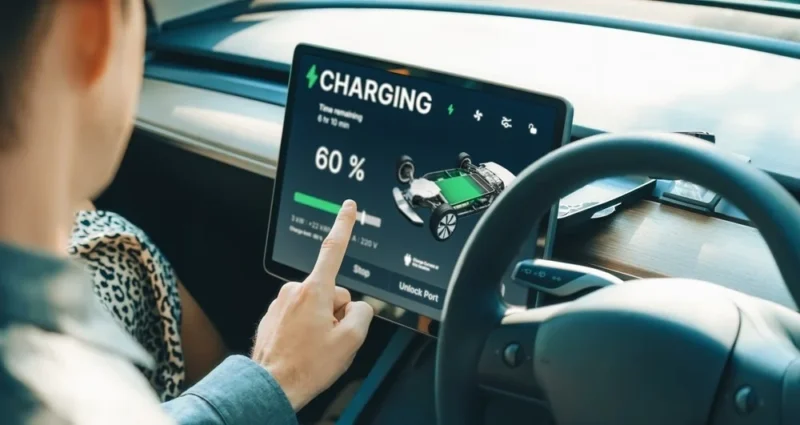In Short : According to independent testing conducted by the Australian Automobile Association (AAA), under laboratory settings, a number of well-known electric vehicles (EVs), such as Tesla, BYD, Kia, and Smart models, have driving ranges that are 5% to 23% shorter than what is promised. Even still, average daily driving distances stay well within these condensed ranges, allaying worries about their usefulness in day-to-day situations.

Changes and Patterns in the Market
Highlights of Range Discrepancy: The Smart #3 delivered 432 km (-5% from lab) in tests on a typical 93 km circuit around Geelong. The Tesla Model Y and Kia EV6 both fared worse by 8%, the Tesla Model 3 by 14%, while the BYD Atto 3 displayed the worst divergence at 23%.
Data on Consumer Intentions: According to recent surveys, 60% of prospective EV purchasers list range or charging issues as their top adoption-related reservations.
Testing Transparency: These results are obtained through a government-funded initiative designed to give customers of EVs and renewable resources accurate performance information.
Impacts on Clean Energy and Infrastructure
Enhances Ecosystem Planning: Accurate infrastructure design, such as the placement of distributed solar systems or charging stations enhanced by solar panels, is made possible by clear data on actual EV range.
Reduced EV ranges significantly surpass everyday needs, which allays range anxiety and stabilizes the transition to electric vehicles. Many Australians only drive 33 km per day.
Supports Solar Integration: In line with sustainable development goals, combining EVs with solar-powered home chargers or rooftop solar installations guarantees effective, clean energy integration.
The Significance of It
Trust Through Transparency: The program increases customer trust in EVs by disclosing accurate performance statistics, which helps them make better informed judgments about what to buy.
Driving Renewable Momentum: Proven EV robustness, even in the face of practical limitations, encourages the wider use of renewable investments and technology.
Connecting Policy and Consumption: Precise testing helps manufacturers and legislators match EV products with infrastructure expenditures such as solar-powered charging stations.
The bottom line
Although real-world testing demonstrates that quoted EV ranges are frequently generous, electric vehicles nevertheless provide more than enough for the majority of daily needs. This research supports the further shift to electric mobility by lowering expectations and reaffirming viability, particularly when combined with improvements like solar infrastructure and sustainable energy systems.




